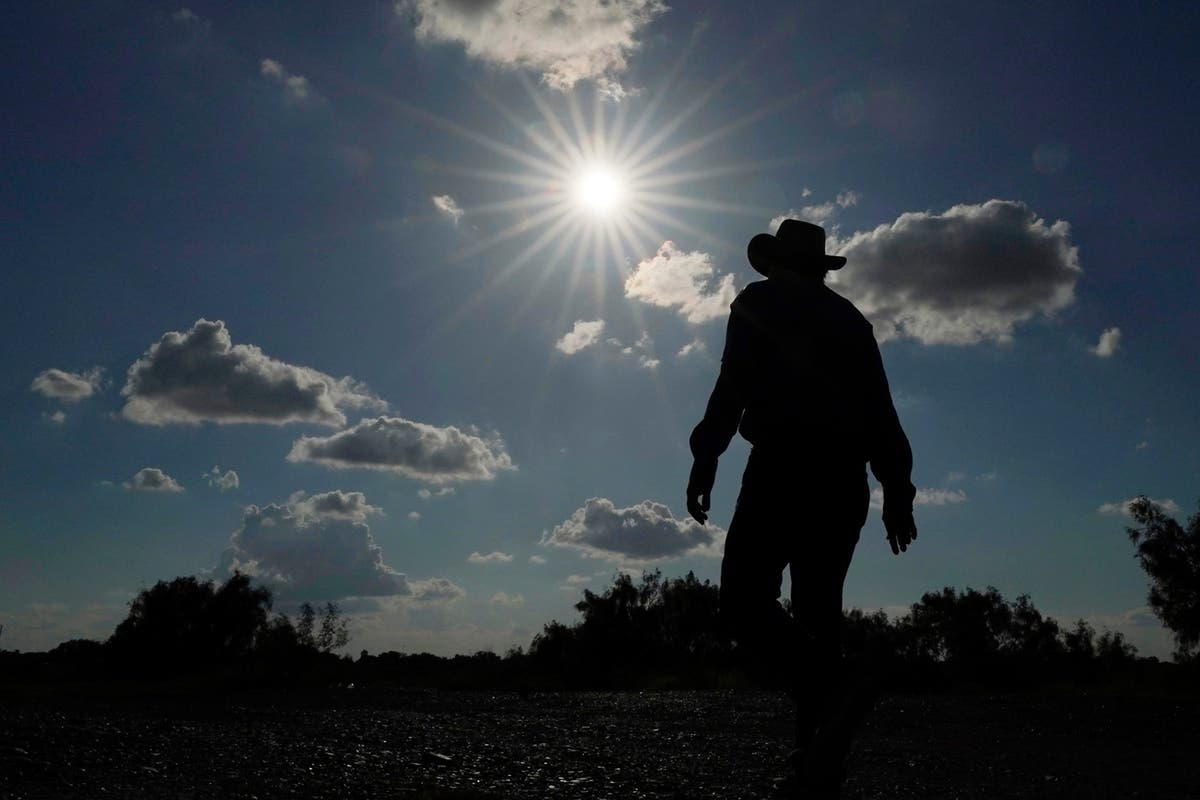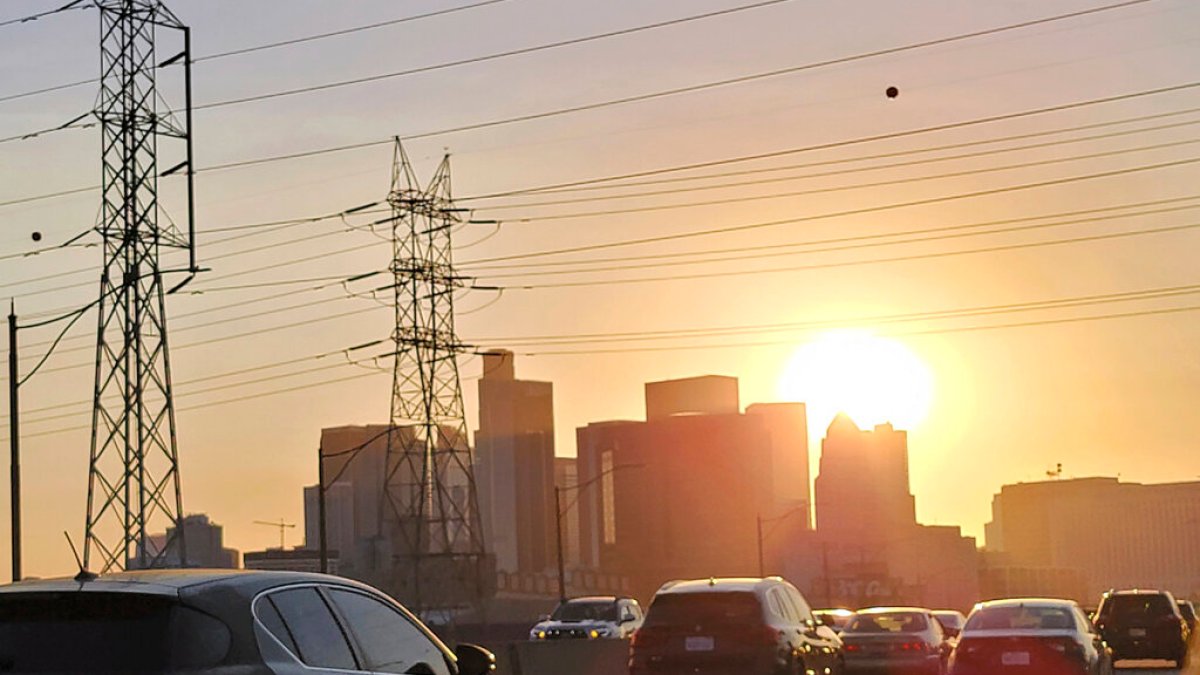
Scorched by history: Discriminatory past shapes heat waves in minority and low-income neighborhoods
The IndependentGet Nadine White's Race Report newsletter for a fresh perspective on the week's news Get our free newsletter from The Independent's Race Correspondent Get our free newsletter from The Independent's Race Correspondent SIGN UP I would like to be emailed about offers, events and updates from The Independent. “Only a quarter of New York City’s population is African American, but half of the deaths from heat are African Americans,” said Bill Ulfelder, executive director of the Nature Conservancy in New York. Comparing 1930s redlining maps with recent heat vulnerability maps by New York City’s health department reveals stunning correlations between how areas were categorized and where residents are most likely to die from heat. “Those heat islands — they really are in those historically redlined neighborhoods, and that’s where the trees need to go,” Ulfelder said, referring to the urban heat island effect, where heavily paved areas with sparse vegetation trap more heat than outlying areas. In the 1930s, the Home Owners’ Loan Corp. assigned Mott Haven a “D” grade, the lowest possible, for “hazardous.” For the adjacent neighborhood of Morrisania, the agency listed “Negro and Puerto Rican infiltration” and “obsolete homes” as “detrimental influences.” Today, the South Bronx has some of the city’s lowest per-capita green space and is crisscrossed by power plants, waste stations and highways that cause severe noise and air pollution.
History of this topic
Scorched by history: Discriminatory past shapes heat waves in minority and low-income neighborhoods
Associated Press
Scorched by history: Discriminatory past shapes heat waves in minority and low-income neighborhoods
New Indian ExpressDiscover Related





























